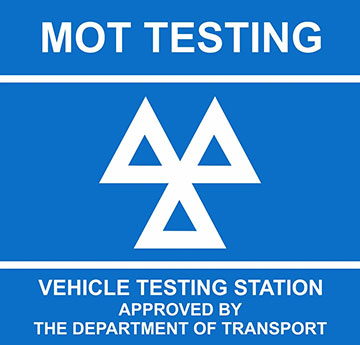What Is MOT: Ministry of Transport Test
In this article we will look what is MOT The Ministry of Transport Test, commonly abbreviated as MOT, is an essential examination conducted annually in the United Kingdom to ensure that vehicles meet specific safety and environmental standards. Introduced in 1960 under the direction of the Ministry of Transport (now the Department for Transport), the MOT test is a legal requirement for most vehicles over a certain age, aimed at promoting road safety and reducing environmental impact.
Purpose of the MOT Test
The primary purpose of the MOT test is to assess the roadworthiness of vehicles and verify that they comply with legal standards for safety and emissions. By subjecting vehicles to rigorous inspection and testing procedures, the MOT test helps identify potential defects, faults, or issues that could compromise the safety of drivers, passengers, and other road users. Additionally, the MOT test evaluates vehicles’ environmental performance, ensuring that they meet emissions standards and contribute to reducing air pollution.
Vehicles Covered by the MOT Test
In the UK, most vehicles that are more than three years old are required to undergo an annual MOT test to remain legally roadworthy. This includes cars, motorcycles, vans, minibuses, and other light commercial vehicles. However, certain exemptions and special rules apply to specific types of vehicles, such as historic vehicles over 40 years old, electric vehicles, and vehicles used for agricultural purposes.
Components of the MOT Test
During the MOT test, trained technicians conduct a comprehensive examination of various vehicle components and systems to assess their condition and functionality. The test covers a wide range of areas, including but not limited to:
- Vehicle Structure and Bodywork: Inspecting for corrosion, damage, or excessive wear that could compromise structural integrity.
- Vehicle Identification Number (VIN): Verifying the VIN to ensure the vehicle’s identity matches its documentation.
- Lights, Lamps, and Signals: Checking the operation and alignment of headlights, indicators, brake lights, and other external lighting components.
- Brakes and Steering: Testing brake performance, brake fluid levels, and steering responsiveness to ensure safe handling and control.
- Suspension and Shock Absorbers: Assessing the condition of suspension components and shock absorbers for signs of wear or damage.
- Tyres and Wheels: Inspecting tyre tread depth, condition, and pressure, as well as wheel alignment and balancing.
- Exhaust Emissions: Measuring exhaust emissions to ensure compliance with legal standards for air quality and environmental protection.
- Seat Belts and Restraint Systems: Checking the functionality and condition of seat belts, airbags, and other safety restraint systems.
MOT Test Results
Following the examination, the vehicle undergoes a pass or fail assessment based on its compliance with MOT standards. If the vehicle passes the test, it receives an MOT certificate valid for one year, indicating that it meets legal requirements for roadworthiness. However, if the vehicle fails the test due to identified defects or issues, the owner is notified of the specific reasons for failure and advised on necessary repairs or corrective actions. In such cases, the vehicle must be retested once the required repairs have been completed.
Importance of MOT Testing
The MOT test plays a crucial role in maintaining road safety and environmental standards by ensuring that vehicles on UK roads are safe, reliable, and environmentally friendly. By identifying and rectifying potential defects or faults, the MOT test helps prevent accidents, injuries, and fatalities caused by vehicle-related issues. Additionally, the test contributes to reducing harmful emissions and protecting air quality, supporting efforts to mitigate environmental pollution and climate change. Check what is dvla
Conclusion
The Ministry of Transport Test (MOT) is a fundamental component of the UK’s road transport regulatory framework, designed to uphold safety, reliability, and environmental standards for vehicles. By subjecting vehicles to thorough inspection and testing procedures, the MOT test helps promote road safety, reduce emissions, and enhance public confidence in the safety and integrity of vehicles on UK roads. As an annual requirement for most vehicles, the MOT test plays a vital role in safeguarding the well-being of drivers, passengers, and pedestrians, contributing to the overall sustainability and efficiency of the UK’s transportation system.
Buying a used VW. Buying used vauxhall, BMW, Jaguar, Ford, Volvo, Range rover, Bentley, Aston Martin, Porsche, Ferrari, Lamborghini, Maserati, Hyundai, Tesla, Honda, Pagani

